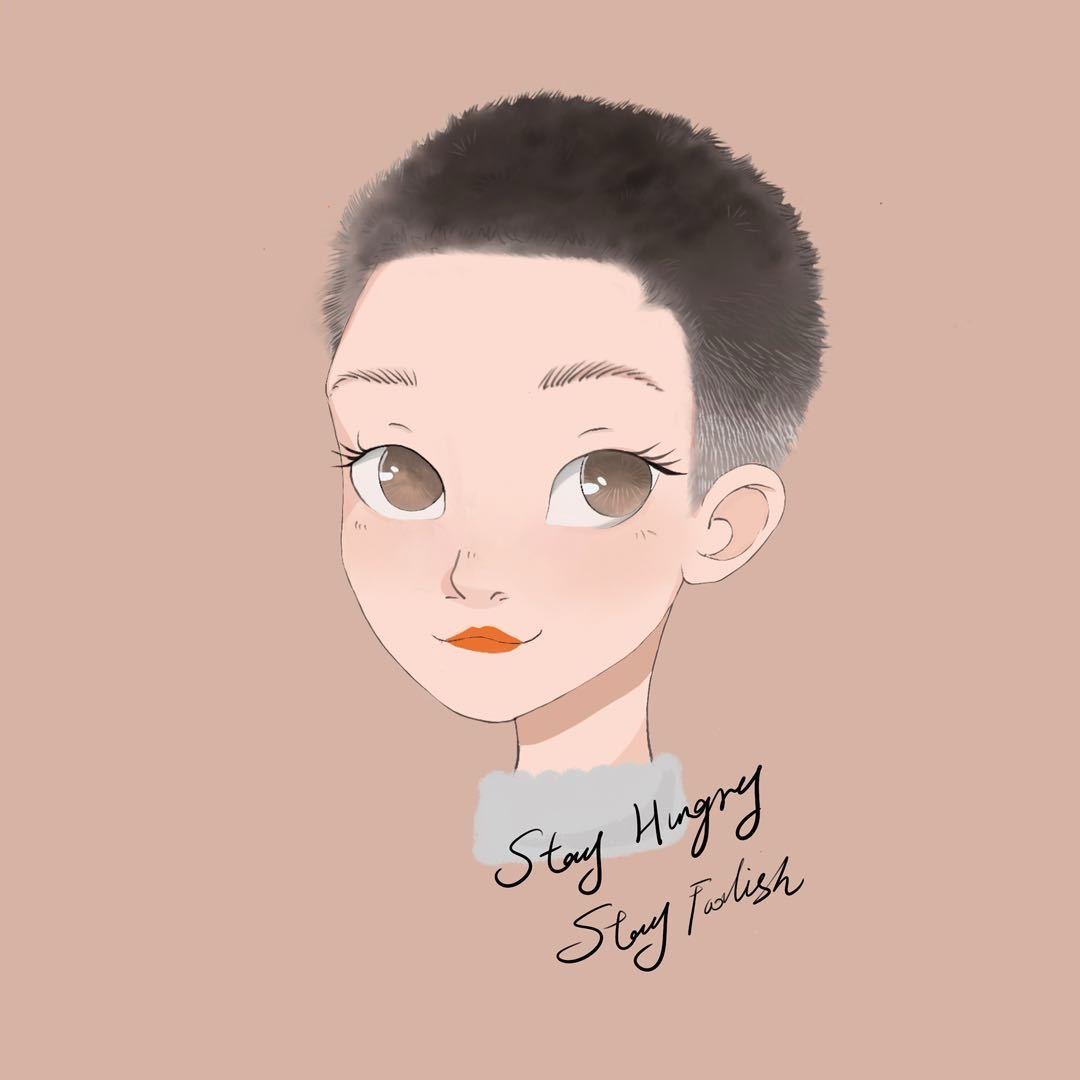Regional and seasonal differences in skin irritation and neurosensitivity in Chinese and South Korean women
Abstract
摘要
英文原文
Background:China has a great variety of geographical and climatic conditions, and several cultural differences exist within the country; thus, understanding the regional and seasonal differences that cause skin sensitivities in this country is important.
Objective:The aim of this study was to assess skin sensitivity of women from six cities in China and from South Korea during the winter and summer seasons to aid the development of suitable and effective dermatological products.
Methods :This multicentre study included 754 healthy female volunteers, and was conducted in the winter (between January and March) and summer (between June and July) of 2011. Patch tests were performed using 0.5% sodium lauryl sulphate (SLS) aqueous solution and 0.15% retinol in 1,3-butylene glycol on the back of the volunteers. Simultaneously, stinging tests were performed on their cheeks by using 5% lactic acid solution and 0.001% capsaicin solution, each in a negative control vehicle (distilled water and 10% ethanol solution, respectively).
Results:The patch test results showed that the subjects in Beijing and Shenyang were more sensitive to SLS, retinol and lactic acid in the winter than were those in Guangzhou, Shanghai, Wuhan, Chengdu and South Korea. The stinging test results revealed that the subjects in Beijing were more neurosensitive to lactic acid in the winter; however, during the same season, the subjects from Shanghai and Guangzhou were significantly more neurosensitive to capsaicin.
Conclusion:Our observations indicate that skin sensitivity differs considerably between women from different parts of China and South Korea. We recommend that these differences be considered during the development of cosmetic prod- ucts in these countries.
对应中文
背景:中国的地理和气候条件多种多样,国内也存在一些文化差异;因此,了解造成这个国家皮肤敏感的地区和季节性差异是很重要的。
目的:评估中国六个城市和韩国女性在冬季和夏季的皮肤敏感性,以助开发合适和有效的皮肤病产品。
方法:这项多中心研究在2011年冬季(1月至3月)和夏季(6月至7月)进行,一共有754名健康女性志愿者。在志愿者背部使用0.5%十二烷基硫酸钠(SLS)水溶液和0.15%视黄醇(1,3-丁二醇)进行斑贴试验。同时,在志愿者脸颊上使用5%的乳酸溶液和0.001%的辣椒素溶液进行刺痛试验,每种溶液都在阴性对照物(分别为蒸馏水和10%的乙醇溶液)中。
结果:斑贴试验结果显示,在冬季,北京和沈阳的受试者比广州、上海、武汉、成都和韩国的受试者对SLS、视黄醇和乳酸更敏感。刺痛试验结果显示,在冬季,北京的受试者对乳酸的神经敏感度更高;然而,在同一季节,上海和广州的受试者对辣椒素的神经敏感度明显更高。
结论:我们的观察表明,来自中国和韩国不同地区的女性皮肤敏感性有很大差异。我们建议在这些国家开发化妆品产品时考虑这些差异。
Introduction
引言
英文原文
Over several decades, much attention has been paid to the characterization of skin barriers and sensitivity, including transepidermal water loss and stratum corneum hydration, for the development of facial skin care cosmetics or dermatological products.A variety of factors are known to affect the skin barrier and its function, for example, environmental factors such as climate, sunlight and wind.Skin condition is often reported to worsen due to dry and cold climate.Even within ethnical groups, skin shows different characteristics owing to different geographical conditions. In Asian populations, variations in facial features related to ageing have been observed by location.
对应中文
几十年来,人们非常关注皮肤屏障和敏感性的特征,包括经表皮失水和角质层水化,以便开发面部皮肤护理化妆品或皮肤科产品。已知有多种因素影响皮肤屏障及其功能,例如,环境因素,如气候、阳光和风。在亚洲人口中,观察到与面部老化有关特征的变化。
英文原文
For evaluating the safety of cosmetic products or ingredients, characterizing the skin sensitivity of Chinese and the potential cosmetic market of China is becoming imperative. China has several geographical and climatic conditions and diverse cultures. It has a variety of temperature and rainfall. Northern cities including Beijing and Shenyang in China are colder and drier in winter and also have greater seasonal temperature variations than southern cities. Precipitation is increasing from southeast to northwest because the eastern seashores are influenced more than inland areas by the summer monsoon. Thus, regional and seasonal differences are bound to affect skin sensitivity of the people of this country.
对应中文
为了评估化妆品产品或成分的安全性,了解中国人群的皮肤敏感性和中国潜在的化妆品市场变得非常重要。中国有多种地理和气候条件以及不同的文化。它有不同的温度和降雨量。与南方城市相比,包括北京和沈阳在内的中国北方城市冬季更冷、更干燥,季节性温度变化更大。由于东部沿海地区比内陆地区受夏季风的影响更大,降水从东南向西北逐渐增加。因此,区域和季节性差异必然会影响国家人民的皮肤敏感性。
英文原文
Our objective was to measure and compare skin irritation and skin neurosensitivity between women from six cities in China and from South Korea during the winter and summer season.
对应中文
我们的目标是测量和比较来自中国六个城市和韩国女性在冬季和夏季的皮肤刺激性和皮肤神经敏感性。
Discussion
讨论
英文原文
As a result of globalization of the world economy, China has been growing rapidly as a new market for the cosmetic industry. Thus, understanding the skin sensitivity of the Chinese population for the development of cosmetics suitable to their skin conditions is very important. Previous studies on the similarities and differences in Chinese skin have reported that subjects from Harbin and Guangzhou have significantly greater epidermal cell turnover than do those from Shanghai.During summer, increased sebum output and skin hydration were reported in subjects from Shanghai.Currently, however, little is known regarding skin sensitivity in China.
对应中文
随着世界经济全球化,中国作为化妆品行业的新市场得到了迅速发展。因此,了解中国人群的皮肤敏感性对于开发适合其皮肤状况的化妆品非常重要。此前关于中国皮肤的相似性和差异的研究已经报道,来自哈尔滨和广州的受试者比来自上海的受试者显著具有更高的表皮细胞更新率。在夏季,来自上海的受试者皮脂分泌和皮肤水合作用增加。然而,目前对中国人群皮肤敏感性知之甚少。
英文原文
In the patch test, SLS, a well-known positive irritant, caused increased skin irritation during the winter in subjects from Beijing, Shenyang and South Korea compared with that in the summer. During winter, erythema response after retinol application was significantly higher in subjects from Beijing and Shenyang. Skin irritation due to lactic acid application increased in subjects from Beijing, Shanghai, Shenyang, Chengdu and Wuhan in the winter. Overall, subjects from Beijing and Shenyang were found to be sensitive to SLS, retinol and lactic acid. Among six cities in China and in South Korea, Beijing and Shenyang are drier and have larger differences between the low and high temperatures. In light of these clinical data, climatic conditions seem to play an important role in skin sensitivity; the higher rate of skin sensitivity observed in Beijing and Shenyang is probably caused by a combination of different environmental factors.
对应中文
在斑贴试验中,SLS(十二烷基硫酸钠)是众所周知的阳性刺激物,与夏季相比,它在冬季对北京、沈阳和韩国的受试者引起的皮肤刺激性增加。在冬季,使用视黄醇后,来自北京和沈阳的受试者红斑反应明显增加。在冬季,来自北京、上海、沈阳、成都和武汉的受试者使用乳酸而引起的皮肤刺激性增加。总的来说,发现北京和沈阳的受试者对SLS、视黄醇和乳酸敏感。在中国和韩国的六个城市中,北京和沈阳比较干燥,低温和高温之间差异较大。根据这些临床数据,气候条件似乎在皮肤敏感方面起着重要作用;在北京和沈阳观察到的较高的皮肤敏感率可能是由不同的环境因素共同造成的。
英文原文
Regarding skin neurosensitivity, no difference was observed between the volunteers treated with lactic acid in the six cities in China and in South Korea during the winter and summer seasons. When comparing by regional group, subjects from Beijing were more neurosensitive to lactic acid, similar to the results of skin irritation. On the other hand, capsaicin treatment induced signifi- cantly higher skin neurosensitivity in subjects from Shanghai and Guangzhou in the winter. Residents in these cities did not eat spicy food more frequently than did those from other cities, and there was a negative correlation between neurosensitivity due to capsaicin and the intake of spicy food. Eating habit is suggested to be one of the factors affecting skin neurosensitivity.
对应中文
在皮肤神经敏感性方面,冬夏季节在中国六个城市和韩国接受乳酸治疗的志愿者之间没有差异。当以地区组比较时,与皮肤刺激结果相似,来自北京的受试者对乳酸更敏感。另一方面,上海和广州的受试者在冬季接受辣椒素治疗后,皮肤神经敏感度明显升高。与其他城市居民相比,这些城市的居民吃辣的频率并不高,辣椒素引起的神经敏感度与辛辣食物的摄入量呈负相关。饮食习惯被认为是影响皮肤神经敏感性的因素之一。
英文原文
Our observations indicate that skin sensitivity differs among women from six cities in China and from South Korea and that this might be due to the combination of various environmental factors. In conclusion, skin sensitivity should be carefully assessed in terms of environmental factors such as location and climate for the development of suitable and effective cosmetic products.
对应中文
我们的观察表明,来自中国六个城市和韩国的女性的皮肤敏感度不同,这可能是由于各种环境因素综合作用的结果。总之,应根据环境因素(如地点和气候)仔细评估皮肤敏感性,以开发出合适和有效的化妆品。
REFERENCES
1.Oh M, Lee J, Kim S, Cho S-A, Lee E, Yeon J-H, et al. Regional and seasonal differences in skin irritation and neurosensitivity in Chinese and South Korean women. Journal of the European Academy of Dermatology and Venereology. 2015;29(1):115-9.
